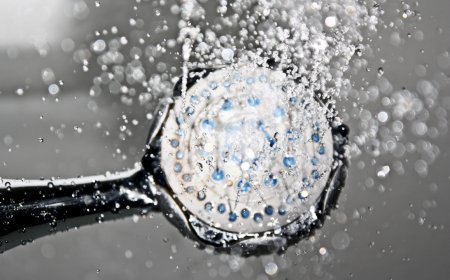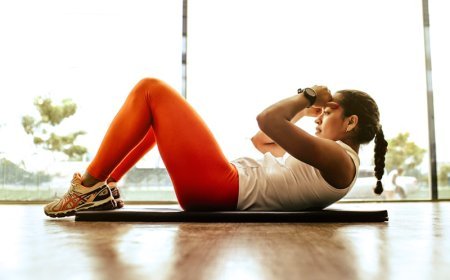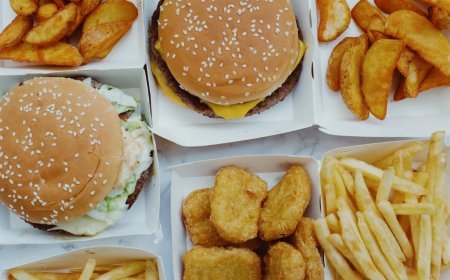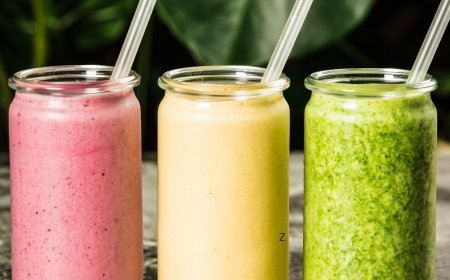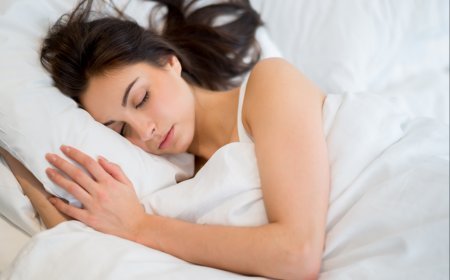When You Take a Cold Shower, This Is What Happens to Your Body
Discover the surprising benefits of cold showers, from boosted circulation and immunity to reduced muscle soreness and better skin. Learn the science, practical tips, and safety facts to start this wellness trend.
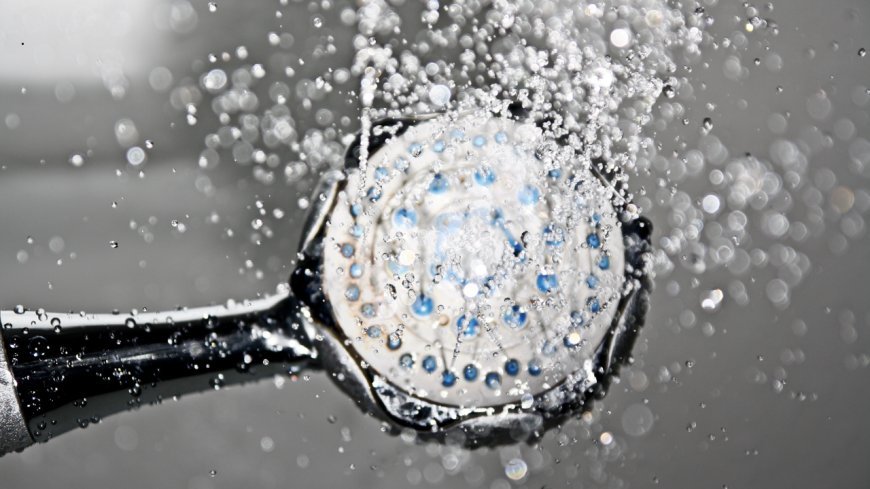
Cold showers have surged in popularity, fueled by wellness influencers on X who rave about their rejuvenating effects. From athletes to mindfulness gurus, cold therapy is being hailed as a simple, accessible way to boost health, reduce stress, and elevate energy levels. But what exactly happens when you step under that chilly stream? Let’s dive into the science and surprising benefits of cold showers.
The Science Behind Cold Exposure
Cold showers trigger a cascade of physiological responses in the body. When cold water hits your skin, your blood vessels constrict, a process called vasoconstriction. This forces your body to pump blood more efficiently, improving circulation. According to a 2016 study in the Journal of Physiology, cold exposure activates the sympathetic nervous system, releasing norepinephrine, a hormone that enhances focus and mood.
Cold showers may also bolster immunity. A 2016 Dutch study found that participants who took cold showers for 30–90 seconds daily reported fewer sick days compared to those who took warm showers. The cold stimulates white blood cell production, which helps fight off infections. Additionally, cold exposure promotes the release of endorphins, the body’s natural “feel-good” chemicals, which can alleviate stress and even symptoms of depression.
Surprising Effects of Cold Showers
Beyond the science, cold showers offer practical benefits that might surprise you:
-
Increased Alertness: The shock of cold water jolts your nervous system, spiking adrenaline and leaving you feeling awake and energized. It’s like a natural cup of coffee.
-
Reduced Muscle Soreness: Athletes swear by cold therapy to reduce inflammation and speed up recovery after intense workouts. A 2017 study in the Journal of Strength and Conditioning Research showed that cold water immersion reduced muscle soreness by up to 20%.
-
Better Skin and Hair: Cold water tightens pores and cuticles, leading to smoother skin and shinier hair. Unlike hot water, which can strip natural oils, cold showers help maintain your skin’s protective barrier.
Practical Tips for Taking Cold Showers
New to cold showers? Start small to avoid overwhelming your system. Here’s how to ease in:
-
Begin with 30 Seconds: Start your shower warm, then switch to cold for the last 30 seconds. Gradually increase to 1–2 minutes as you adapt.
-
Time It Right: Morning cold showers maximize alertness, while evening ones can calm your nervous system for better sleep.
-
Breathe Through It: The initial shock can make you gasp. Focus on slow, deep breaths to stay calm and embrace the chill.
-
Consistency Is Key: Aim for 3–5 cold showers a week to experience cumulative benefits.
Myth-Busting: Is Cold Therapy Safe for Everyone?
Cold showers are generally safe, but they’re not for everyone. People with heart conditions or Raynaud’s disease should consult a doctor, as cold exposure can strain the cardiovascular system or exacerbate symptoms. Pregnant women and those with compromised immune systems should also proceed cautiously. Always listen to your body—if you feel dizzy or excessively uncomfortable, stop immediately.
Another myth? You need to freeze for minutes to see benefits. Even 30 seconds of cold exposure can trigger positive effects, so there’s no need to push beyond your comfort zone.
Conclusion: A Chilly Way to Feel Amazing
Cold showers are more than a fleeting trend—they’re a science-backed way to boost your mood, enhance recovery, and invigorate your day. Whether you’re seeking mental clarity, physical relief, or just a bold new habit, a quick blast of cold water might be the refresh you need. Ready to take the plunge?
What's Your Reaction?
 Like
0
Like
0
 Dislike
0
Dislike
0
 Love
0
Love
0
 Funny
0
Funny
0
 Angry
0
Angry
0
 Sad
0
Sad
0
 Wow
0
Wow
0




